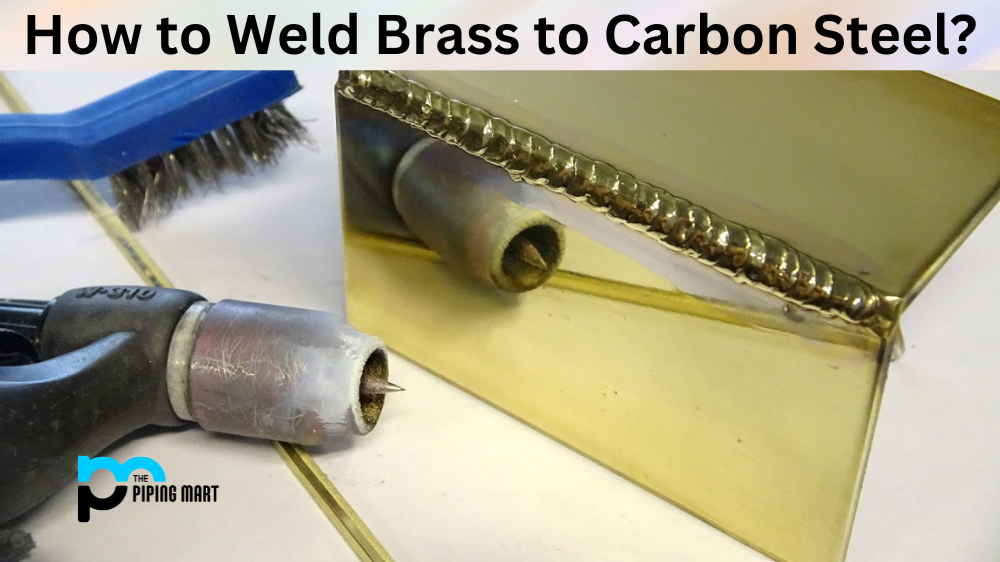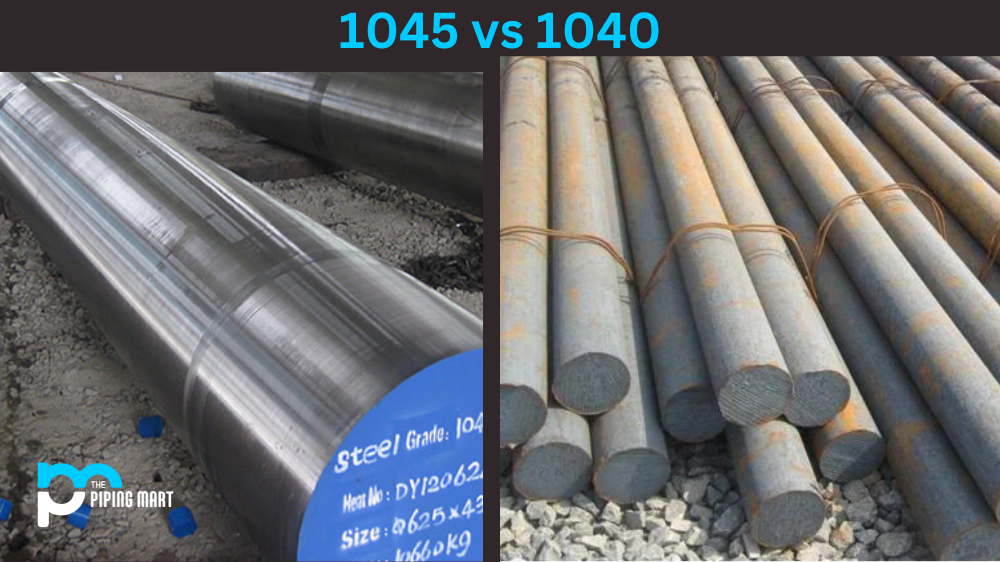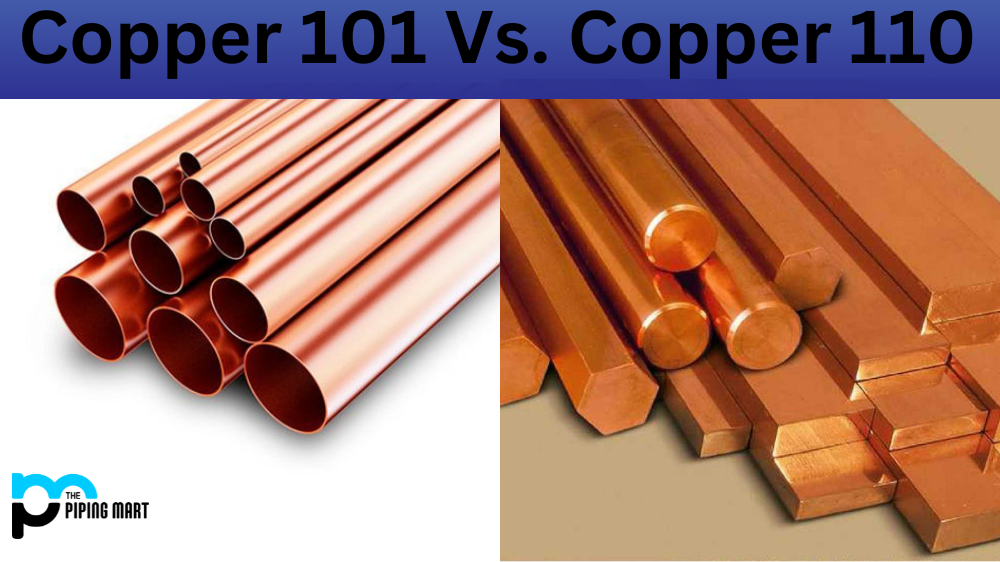Welding brass to carbon steel is a common practice in many industries and requires a unique set of skills and knowledge. Knowing the right techniques and materials to use can make the process faster, easier and more efficient. Learn how to weld brass to carbon steel with these helpful tips.
What You’ll Need
Before you begin welding, it’s important that you have all the necessary supplies on hand. This includes a welding machine, electrodes, fluxes, filler metals, safety gear such as gloves and goggles, and other materials such as a grinder or wire brushes for prepping the surfaces.
Preparation is Key
The key to successful welding is preparation. Before you start welding, make sure that both surfaces are clean and free from any oils or contaminants that could interfere with the welding process. Use a wire brush or grinder to scour the surfaces of both metals until they’re shiny and free from debris. Additionally, be sure to wear protective gear when working with brass or other metals as they can be hazardous if handled incorrectly.
Welding Process
When you’re ready to begin welding, start by setting up your machine according to the manufacturer’s instructions. Turn on the machine and adjust its settings based on what type of metal you’re using (i.e., brass or steel). Once your machine is set up properly, lay down your fluxes over both pieces of metal before adding filler material between them. Heat up your electrode until it’s glowing red hot before touching it against both pieces of metal at once in order to create an arc between them (this will help ensure that your weld is strong). Keep moving your electrode along both pieces in an even pattern until they are fully joined together. Finally, let your weld cool naturally before applying pressure or testing its strength.
Conclusion:
Properly welding brass to carbon steel is essential for ensuring a secure connection between two different metals that won’t break apart easily under pressure or stress. By following these tips for selecting appropriate materials and preparing the surfaces correctly before beginning your welds, you can achieve great results every time! With some practice and patience, anyone can learn how to master this skill for their own projects—so get out there and give it a try!

A passionate metal industry expert and blogger. With over 5 years of experience in the field, Palak brings a wealth of knowledge and insight to her writing. Whether discussing the latest trends in the metal industry or sharing tips, she is dedicated to helping others succeed in the metal industry.




